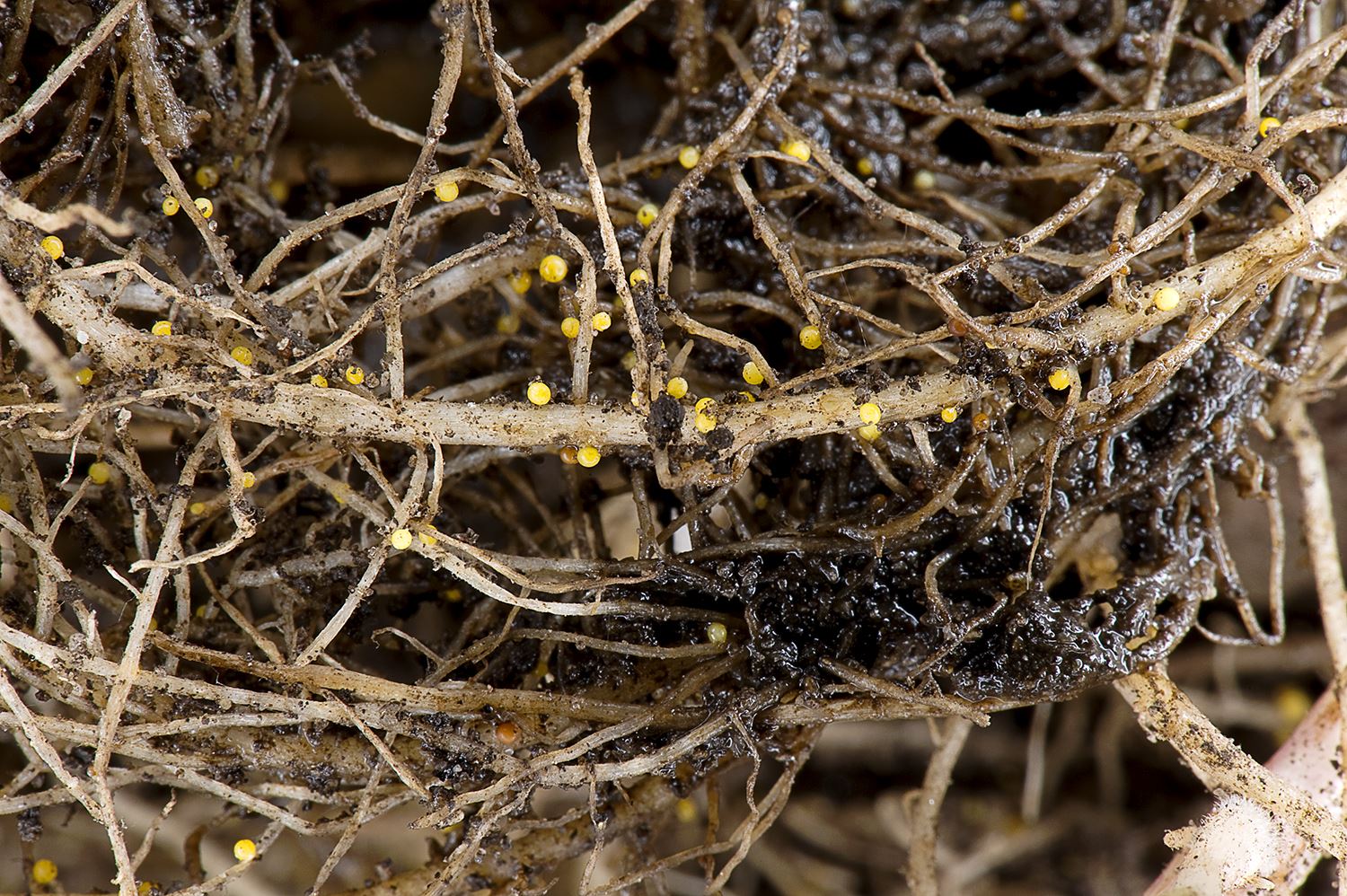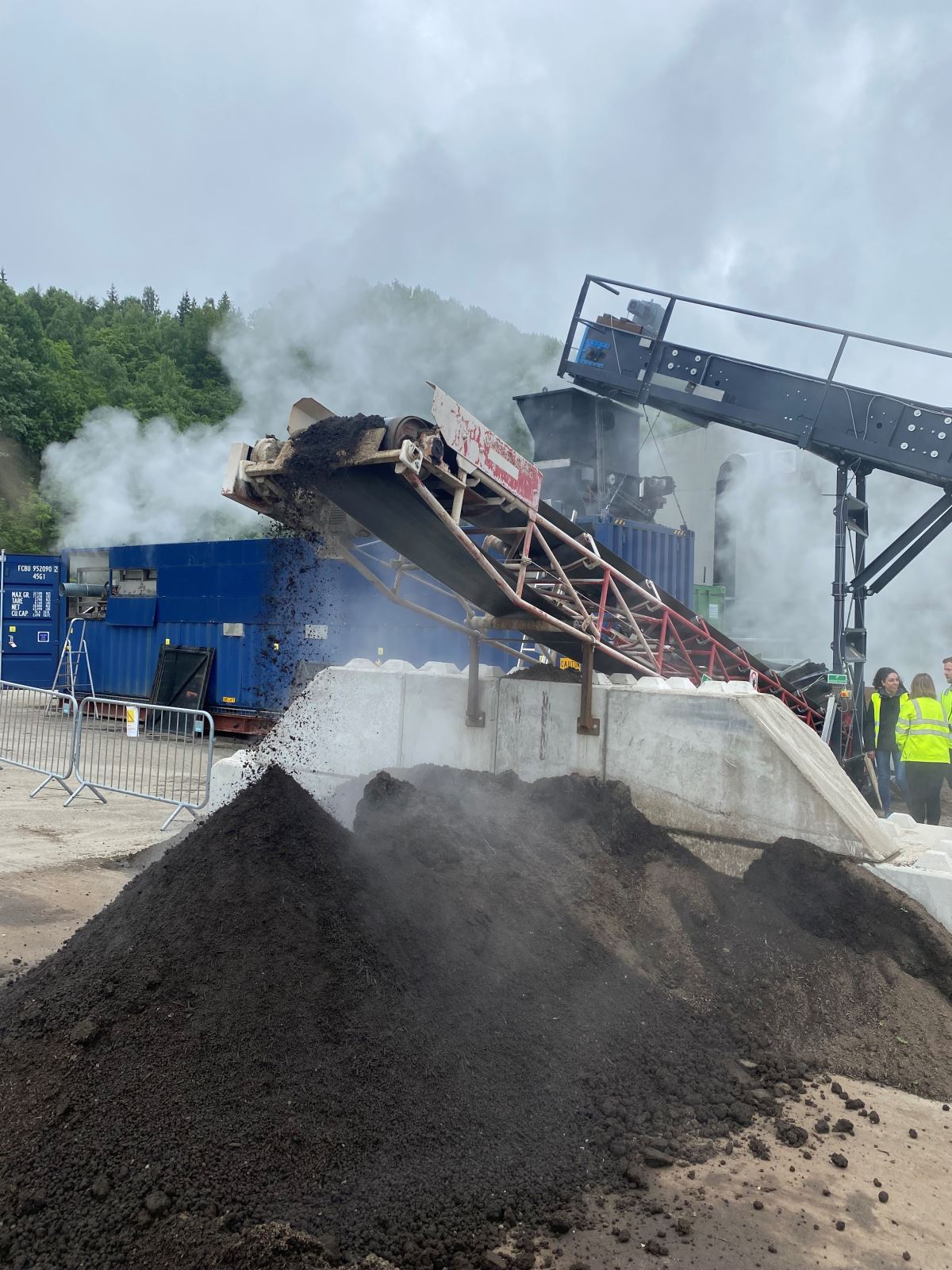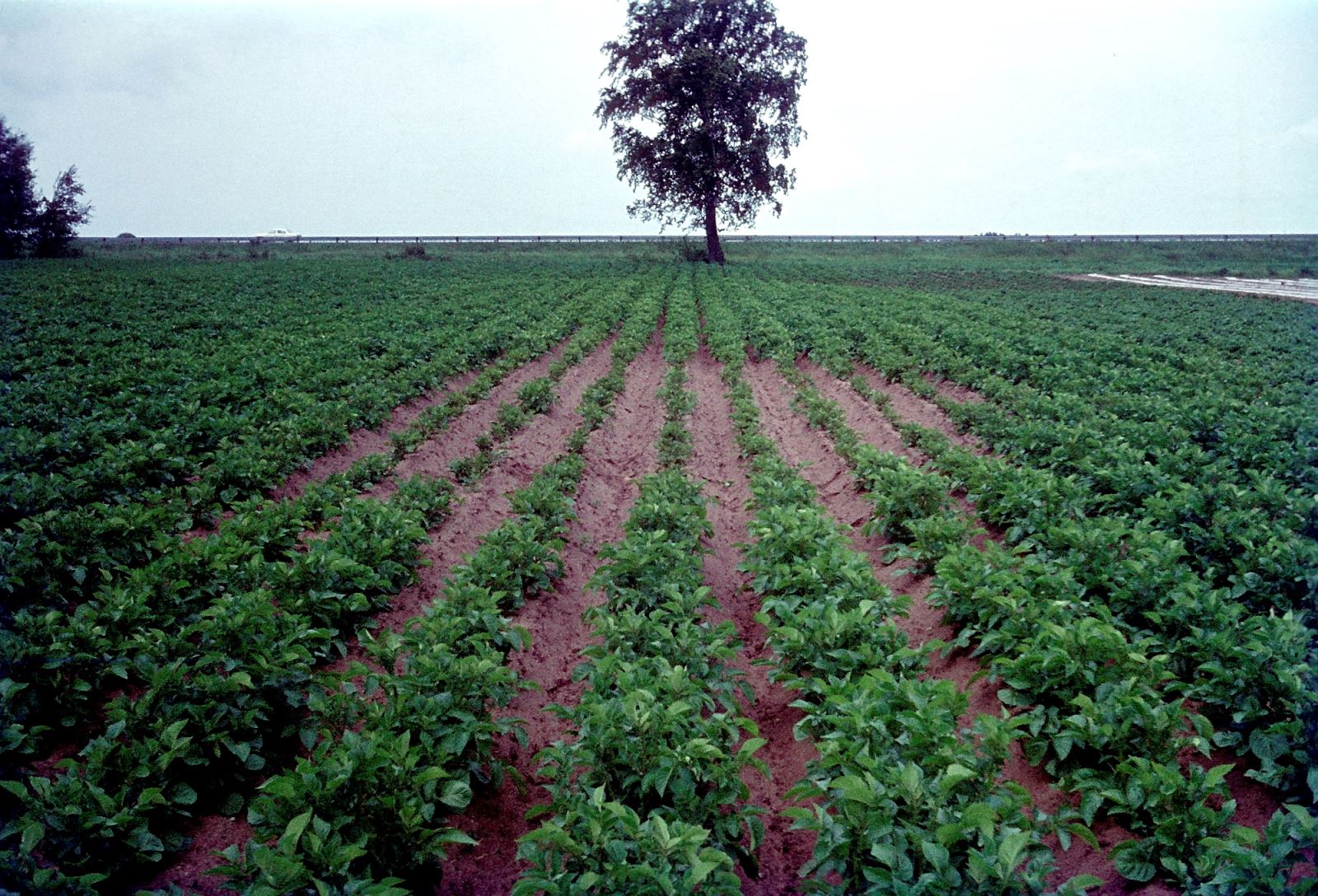The soil is teeming with useful microorganisms, but there are also organisms that attack agricultural crops, affecting plant growth, yield and quality. All soil that is to be moved in infrastructure projects or any other projects must be free of plant pests.
One method to neutralize these pests is by steaming the soil at high temperatures. Such technology is also applicable for use on waste from the potato and onion industries to recycle biomass. In a new project, NIBIO researchers have gained a clearer picture of the temperatures and duration required to neutralize different types of pests.
Dies At 70 Degrees C For Three Minutes
One of the plant pests found in Norway is the yellow potato cyst nematode (PCN) (Globodera rostochiensis).
This nematode attacks the roots of potatoes, is incredibly resilient, has significant spreading potential, and is challenging to combat. The researchers from NIBIO tested the Ro1 strain of this species.
“There is commercially available technology for soil purification, and we have tested SoilSaver from SoilSteam. This is a machine built in a container. The soil is fed in before being treated and sterilized in hot steam”, says NIBIO researcher Marit Skuterud Vennatrø.
“Prior to the experiment with SoilSaver, we steamed weeds, fungi, and PCN in soil under controlled conditions. For PCN, we tested both direct survival and infection potential. The results show that the different species involved in the experiment require different temperatures to die. Yellow PCN of the Ro1 strain must be exposed to at least 70 degrees C for three minutes, while white PCN (Globodera pallida) probably needs a slightly higher temperature. For this species, we still do not have clear data. After testing under controlled conditions, we also tested yellow PCN in the SoilSaver full-scale machine, and the results were the same as during the laboratory treatment: the yellow potato cyst nematode dies when exposed to high-temperature steam over time.”

Yellow potato cyst nematode (Globodera rostochiensis) in the root system. Photo by Bonsak Hammeraas, NIBIO
Not For Infected Fields
Although stationary machines like SoilSaver work well, they are no savior for already infected fields.
“In the field, the conditions for treatment would be entirely different than in a stationary machine like SoilSaver. One would potentially have to use a self-propelled or tractor-driven machine, and we would have to conduct our own experiments to test the effect here,” continues the NIBIO researcher.
“Fields infected with white PCN are quarantined for 40 years. On these fields, it is neither allowed to cultivate nor remove soil. It is common to turn these areas into long-term meadows,” Skuterud Vennatrø continues.

Processed and steamed soil is free from yellow potato cyst nematode. Photo by Wiktoria Kaczmarek-Derda, NIBIO
Everything Dies – But Resurrects
Machines like SoilSaver are intended for use on excavated soil where unwanted plant pests have been identified so that the soil can be reused. In the steaming process, different organisms die at different temperatures.
“Some die already at 60 degrees C, but others can survive temperatures up to 100 degrees C. In such a process, most beneficial organisms will also die. It is relatively easy to revive the soil with the addition of other soil or compost. Thus, the soil will function well biologically, and relatively quickly. The alternative is often manufactured soil consisting only of subsoil and compost, which also lacks any natural soil life,” says NIBIO researcher Erik Joner, who has examined soil health after the experiments.
“SoilSaver does not kill present soil life and is thus a sustainable process. Soil steaming has no chemically obvious effects, other than a certain release of nutrients bound in soil organisms. Depending on the type of soil treated and the conditions when treated, the steaming process may lead to the soil becoming compacted and losing some structure,” Joner concludes.

Potato field with a patch affected by yellow PCN (Globodera rostochiensis). Photo by Bonsak Hammeraas, NIBIO
For more information, contact Marit Skuterud Vennatrø, Research Scientist - Division of Biotechnology and Plant Health, (+47) 918 16 986marit.vennatro@nibio.no